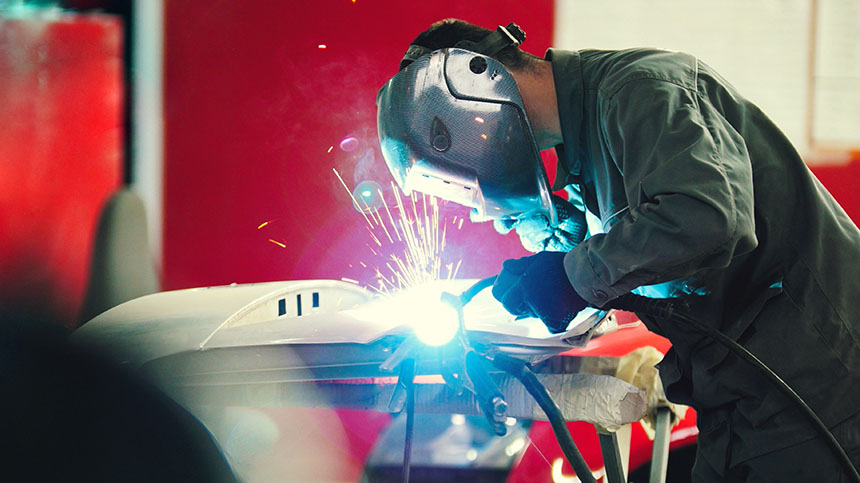How Thatcham Research’s VRR benefits vehicle repairability

Following the launch of its new Vehicle Risk Rating (VRR) system, Thatcham Research has spoken exclusively to Bodyshop Magazine about the benefits the new model will bring to the body repair sector, including potential improvements to vehicle repairability.
Thatcham‘s head of repair sector services Dean Lander said: “Sustainability in the automotive market is achieved through efficient, cost-effective vehicle repairs and prompt return to service after an incident, minimising the insurance workflow’s impact on the vehicle’s use phase.
Vehicle repairability benefits
“This is why the repairability assessment in the VRR has been so heavily weighted, to encourages vehicle designs and technologies that facilitate straightforward and cost-effective repairs.
“This strategic focus on vehicle repairability allows vehicle manufacturers to identify and address design elements that can negatively impact repair efficiency. It also shines a light on a vehicle maker’s repair strategy – ensuring that the supply of repair methods and parts have been carefully considered in advance of a new vehicle’s launch.
“Repairability is not the only repair focused assessment within the VRR. The ‘damageability’ pillar will also be key, in assessing how vehicle design, materials, and construction techniques affect the severity and cost of repairs. This is about encouraging vehicle design that enables repair, seeing fewer vehicles consigned to salvage and more vehicles on bodyshop floors for repair by skilled UK technicians, before heading back on to the road.”
In addition to vehicle repairability and damageability, a vehicle’s safety, security and performance risk will be given a 1-99 score. The new Vehicle Risk Rating system will be applied to all new cars and vans launched into the UK from 1 August 2024. Older vehicles will still be given a 1-50 Group Rating score.






